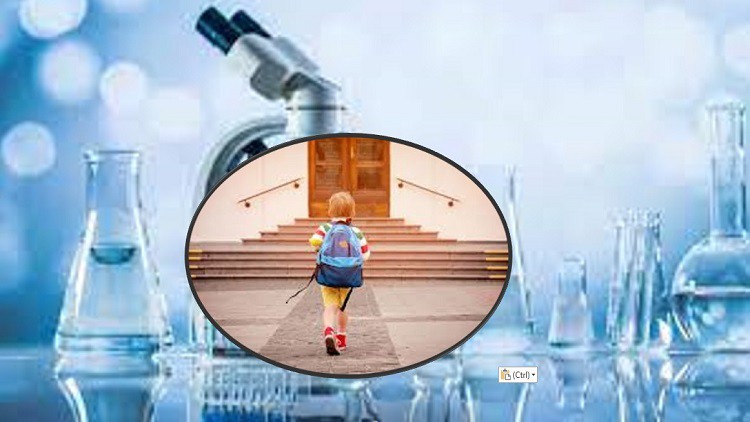
you should know what will you do in lab
What you will learn
principals of lab safety using lab equipment specially microscope
sterilization method in lab principals how to apply
bacterial culture methods bacterial stain methods
biochemical test test results
Description
practical bacteriology from scratch
your safety first take care when working with pathogenic microorganisms wear coat when you are in lab and remove after finish keep the lab disk for equipment only wear gloves when dealing with microorganisms clean clean table before and after test mask eye protect keep your hand away from mouth and eye and nose use mechanical pipetting report the spill and disinfect the area well wash hands after any procedure deal well with fire smooth small one with towel large one use expenditure follow the instructions included in lab safety manual be professional in handling microscope there are many types with many uses bright field microscope dark field microscope phase contrast microscope fluorescent microscope electro microscope it is essential tool practice using the microscope with low power medium power high power and take care when use oil immersion lens sterilization the most important topic in microbiology without keeping your environment sterile it is impossible to obtain Apure culture sterilization methods heat sterilization sterilization by radiation sterilization by disinfectant chemicals use of antimicrobial bacterial culture is a method for isolate bacteria the culture may be natural in origin or synthetic or both culture may be ordinary enriched blood agar is enriched media They contain substances Blood ,Serum. Extract of plants or animal tissues that enhance growth of bacteria Heated blood agar chocolate agar ▪ heated blood agar chocolate agar heating blood ▪ in water path at 75c for 10 minutes ▪ Until blood become chocolate brown in color differential or specific and see it in colonies which in appearance characteristic after culture we need to sea the bacterial cell clearly stain our tool to change the background and sea bacterial morphology and enhance the contrast we sea details differential or structural preparing the smear and fix on Bunsen flame simple stain like methylene blue crystal violet negative staining is simplest method differential stain differentiate the bacteria into two groups like gram stain differentiate bacteria into gram +ve gram -ve it is invented by hans gram he use methylene blue as basic stain iodine as bacteria are not decolorized and remain violet after decolorization carbol fuchsine a red counter stain is used to impart a pink color to the decolorized gram negative organisms The acid fast stain is a different stain in 1882 Paul Ehrlich discovered mycobacterium tuberculosis the causative agent of tuberculosis retained the primary stain even after washing with an acid alcohol mixture most bacteria are decolorized by acid alcohol only family mycobacteriacae and nocardiacea The cell wall of acid fast contain wax like lipid called mycolic acid render the cell impermeable to most stain technique developed by franz zeil and fredrch neelsen capsule stain Some bacteria are surrounded by slimy layer called capsule some glycoprotein some polypeptide all appear water soluble heat fixed smear destroy the capsule if not fixed slide from slide combine negative and simple staining species of bacteria related to genera bacillus or clostridium produce heat resistant structure called spores resistance to chemicals and heat due to thick tough spore coat Schaeffer- Fulton methods utilize malachite green to stain the endospores and safranin or carbol fuchsin to stain the vegetative portion of the cell green spore contained in pink vegetative bacilli
bacteria to continue its life and defend herself produce enzymes like oxidases catalase coagulase we use these enzyme in identifying every bacteria biochemical test are designed for this purpose step by step you can be bacteriologist just keep going
Content
Introduction
safety in lab
Microscope
sterilization
Bacterial culture
Bacterial stain
Biochemical test
thank you see you